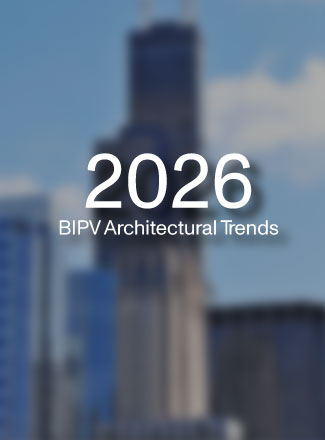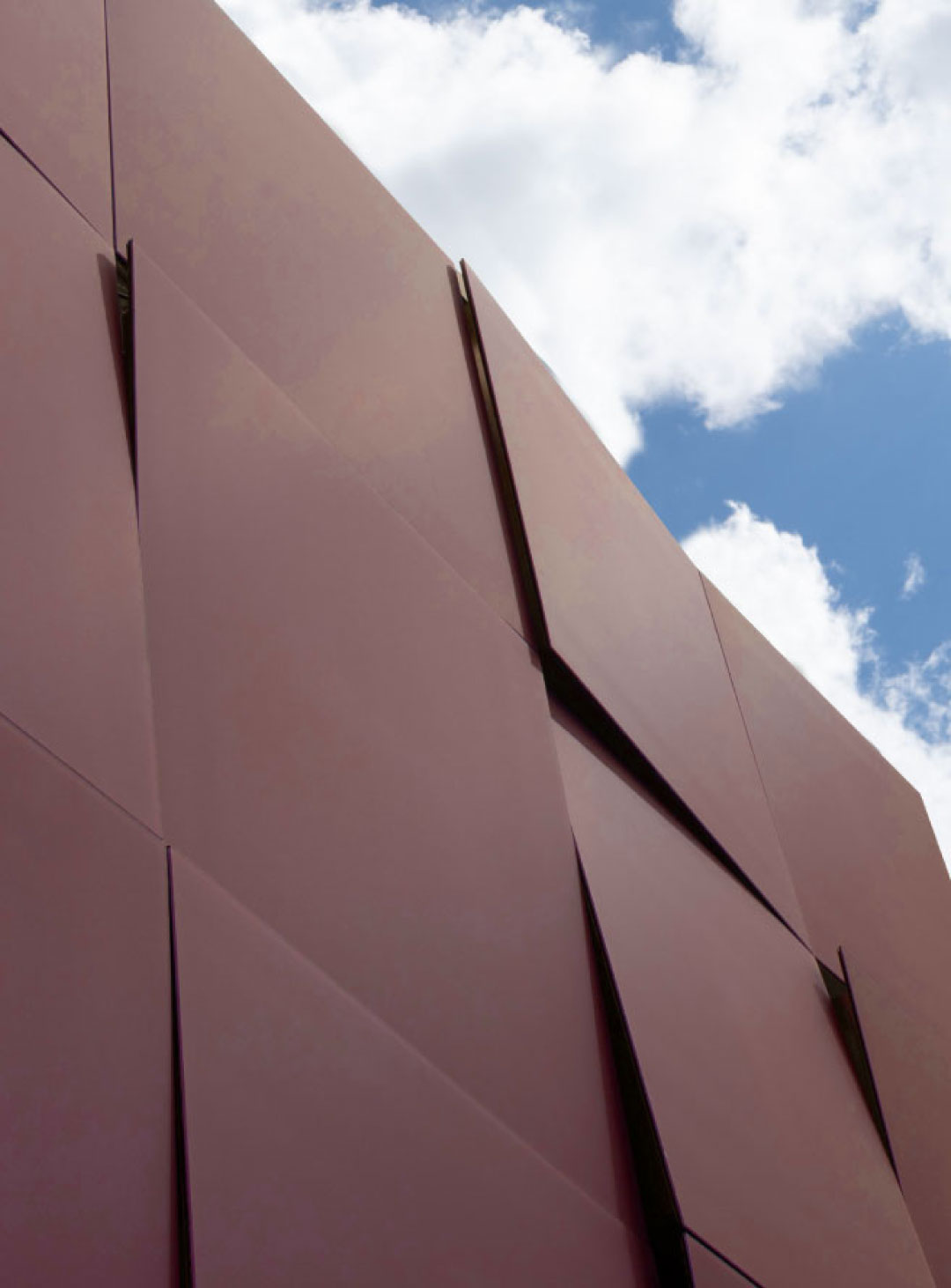
BIPV
September 13, 2023

In the face of mounting environmental challenges and increasing energy demands, sustainable construction practices have become imperative. As the world seeks to reduce its carbon footprint and transition towards cleaner energy sources, the integration of Building-Integrated Photovoltaics (BIPV) has emerged as a game-changer in the construction industry. In this blog post, we will explore the concept of integrated photovoltaics retrofitting and how it enables upgrading existing buildings for sustainable performance, ultimately paving the way towards a greener and more energy-efficient future.
The building sector accounts for a significant portion of global energy consumption and greenhouse gas emissions. Many existing buildings were constructed long before sustainability considerations became mainstream in the construction industry. As a result, they often lack energy-efficient features and renewable energy integration. Retrofitting, the process of upgrading existing structures with modern technologies and practices, offers a practical solution to enhance energy performance without the need for complete reconstruction.
BIPV is a cutting-edge technology that combines solar power generation with traditional building materials. It transforms buildings into self-sustaining power generators by integrating solar panels seamlessly into various architectural elements such as cladding and balcony railings. Unlike traditional solar panels, integrated photovoltaics are designed to enhance the building's aesthetics, making them an attractive option for both new constructions and retrofitting projects.
Retrofitting existing buildings with BIPV technology enables them to actively harness solar energy. By converting sunlight into electricity, these buildings can generate clean and renewable energy, reducing their dependence on the traditional power grid.
Unlike conventional solar panels, integrated photovoltaics seamlessly integrate into building materials, offering a more aesthetically pleasing and visually cohesive appearance. This integration ensures that the architectural integrity of the building remains intact while also adding a modern touch to the structure.
BIPV retrofitting can significantly enhance the value of existing properties. Sustainable features are becoming increasingly desirable among homebuyers and businesses, positioning buildings equipped with integrated photovoltaics as attractive and forward-thinking investments.
By generating their own electricity, BIPV retrofitted buildings can offset their energy consumption and lower utility bills. Additionally, governments and municipalities often offer incentives and tax breaks to promote sustainable energy adoption, further reducing the overall operating costs for building owners. Retrofitting with integrated photovoltaics represents a crucial step toward transforming existing buildings into sustainable and energy-efficient structures. By seamlessly integrating solar power generation into construction materials and building components, we can upgrade our built environment to be more eco-friendly without compromising aesthetics or functionality. As the world embraces cleaner energy solutions, Mitrex continues to play a pivotal role in promoting sustainable practices and driving the transition towards a greener future.
News & Articles

Mitrex BIPV is engineered to match—and exceed—the lifespan of high-performance building envelope systems, delivering structural durability, long-term energy output, and measurable sustainability benefits. This article outlines the testing, certifications, and warranties behind solar facades designed to perform for decades across global climates and project types.

Mitrex BIPV is engineered to match—and exceed—the lifespan of high-performance building envelope systems, delivering structural durability, long-term energy output, and measurable sustainability benefits. This article outlines the testing, certifications, and warranties behind solar facades designed to perform for decades across global climates and project types.

Design-driven solar façades are the future—and in 2026, building-integrated photovoltaics (BIPV) must meet high architectural standards as well as performance benchmarks. This blog highlights five architectural design trends that are shaping next-generation BIPV applications and how Mitrex products—from custom murals to landmark towers—are making them a reality.

Design-driven solar façades are the future—and in 2026, building-integrated photovoltaics (BIPV) must meet high architectural standards as well as performance benchmarks. This blog highlights five architectural design trends that are shaping next-generation BIPV applications and how Mitrex products—from custom murals to landmark towers—are making them a reality.

This blog introduces eFacade TILT, Mitrex’s newest BIPV product that blends solar generation with architectural depth. Featuring tilted modules, 23 available colours, and seamless rainscreen system integration, TILT transforms flat walls into high-performance, three-dimensional assets.

This blog introduces eFacade TILT, Mitrex’s newest BIPV product that blends solar generation with architectural depth. Featuring tilted modules, 23 available colours, and seamless rainscreen system integration, TILT transforms flat walls into high-performance, three-dimensional assets.